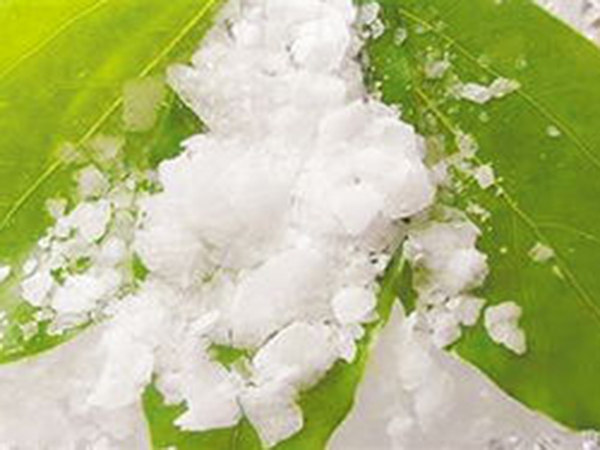
Source Plants of Ancient Borneol Dragon Brain Fragrance
Ancient borneol refers to plum blossom borneol, originally named Longnao Xiang and recorded in the Tang Dynasty's "Newly Revised Materia Medica". It is combined with Longnao Gao Xiang and called "Longnao Xiang and Gao Xiang". It is said to have a tree shape similar to cedar and white pine resin. And propose the quality standard of 'the one who is clear and pure is good'. The "Compendium of Materia Medica" also states: "When used as medicine, only the precious ones are those that are born. They look like plum petals and are very good. The "Gangmu" records its place of origin and method of use as follows: "Longnao Xiang is found in all the countries of the Southern Barbarians. The locals cut it into boards, and there are brain shoots in the seams, which are chopped and taken. The larger ones are like petals, and the clearer ones are called naphtha. From this, it can be inferred that the plum blossom borneol is derived from the natural crystal of the dragon brain fragrant tree.
In ancient times, the Longnao fragrant tree was called the Gububulu tree (Figure 1, Figure 2, Figure 3), named after its country of origin. Dryobalanops aromatica Gaertn f. G is an evergreen tree, reaching up to 50m in height. The whole plant is hairless. There are dragon brain crystals overflowing from the cracks in the bark. Leaves grow alternately, with a leathery texture; The leaves are ovate elliptical in shape, with a sharp or gradually pointed tip, the entire margin, and a blunt rounded or broadly wedge-shaped base. The upper part is bright green, and the back is gray green. The main veins are obvious, and the lateral veins are reticular. Cone inflorescence grows in the axils of upper branches; Flower bisexual; The flesh of the receptacle is slightly concave; Calyx 5, arranged in a tile like pattern, continues to grow after flowering; Petals 5, white; Stamens numerous, free, anthers linear; Pistil 1, ovary superior, 3-chamber, style filamentous. Dried fruit is oval in shape, with a leathery skin and a calyx shaped receptacle. There are 5 wing shaped persistent sepals at the edges; 1-2 seeds with endosperm.
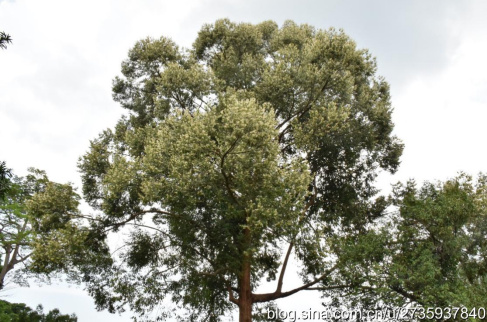
Figure 1 Longnao fragrant tree (plant)
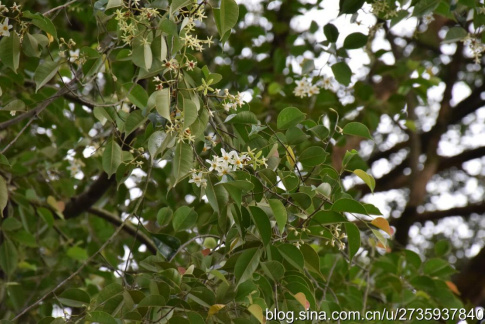
Figure 2 Dragon Brain Incense Tree (Flowers and Leaves)
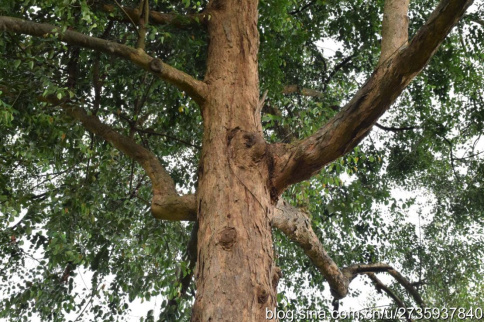
Figure 3: Dragon Brain Incense Tree (Trunk)
It is also known as the "Capricorn Fragrant Tree". However, according to the study of "Chinese Materia Medica" (Volume 3), "Materia Medica Yanyi" quotes from "Records of the Western Regions of the Great Tang Dynasty": "In the western country of Moro Ju Zha, in the southern Indian border, there is the fragrance of Gyalpro. It is as dry as pine trees, with different leaves, and has no fragrance when wet. After harvesting and folding, there is a fragrance in it, which is like mica in shape, with a color like ice and snow. This dragon brain fragrance is also present. From the description of the place of origin and fragrance, it is similar to the oil trees introduced in Xishuangbanna for hundreds of years today. Oil tree is a plant of the Longnao family, and its trunk is indeed covered with plum blossom ice, which is a high-quality Longnao fragrance. But Dipterocarpus turbinatus Gaertn f. It's not a dragon brain fragrance tree.
Jiaobuluo fragrant tree (Figure 4, Figure 5): a large tree, about 35 meters high, containing aromatic resin; The bark is gray white or dark brown, with longitudinal cracks. The branches are densely covered with gray hairs, sometimes hairless, and have circular leaf support marks. Leaves leathery, entire margin, sometimes wavy, ovate oblong, 20-30 cm long, 8-13 cm wide, apex gradually pointed or short pointed, base round or slightly heart-shaped, lateral veins 15-20 pairs, prominently raised below, covered with star shaped hairs, hairless or sparsely covered with star shaped hairs above; The petiole is 2-3 centimeters long, densely covered with gray hairs or becoming hairless; The cotyledons are 2-6 centimeters long and densely covered with dark gray or dark yellow hairs. The inflorescence is axillary with 3-6 flowers. Two sepal lobes are linear, while the other three are shorter and hairless, covered in white powdery frost on the outside; Petals pink, linear oblong, covered with long gray hairs on the outside; The anthers are linear lanceolate, and the septate appendages are filamentous; The ovary is densely hairy, the style is cylindrical, and the middle and lower parts are covered with silver gray hairs. Nuts are oval or long oval in shape, densely covered with fuzzy hairs; The calyx tube is hairless and covered with white powdery frost. The two enlarged sepal lobes are linear lanceolate, measuring 12-15 cm in length and about 3 cm in width, with a multi branched midrib and small protrusions near the midrib. They are hairless. The flowering period is from March to April, and the fruiting period is from June to July.
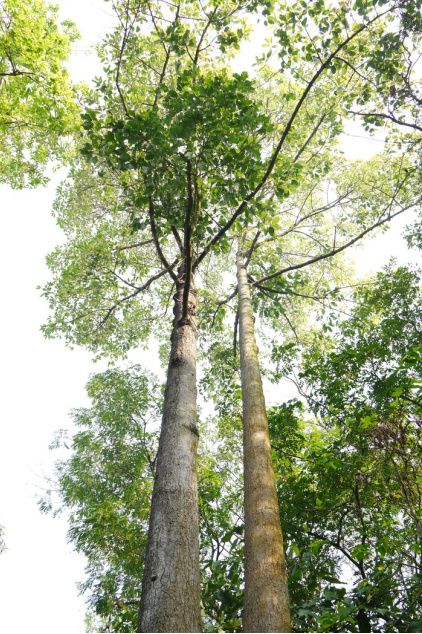
Figure 4 Capricorn Fragrant Tree (Plant)
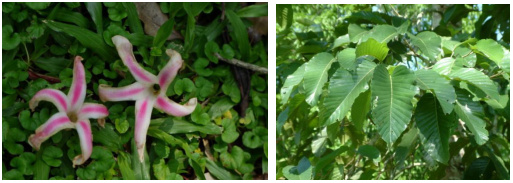
Figure 5 Capricorn Fragrant Tree (Flowers and Leaves)
The Catalogue of Life (2021 edition) records that borneol (dragon brain fragrance) is distributed in the Malaysian Peninsula (Terengganu, Pahang, Selangor, Negeri Sembilan, Johor Bahru), the northwest and eastern regions of Sumatra, Borneo, and Brunei (Figure 6). At present, Longnaoxiang is no longer being exploited due to resource issues.
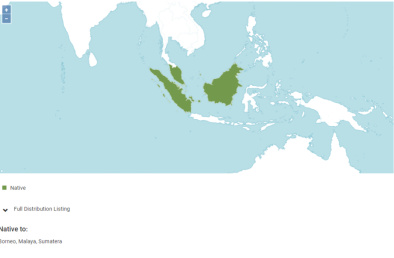
Figure 6 World distribution map of Longnao fragrant tree
The "ripe brain" can be obtained by heating and distilling the wood and sawdust of natural dragon brain fragrance trees, condensing them into blocks. The "Compendium of Evidence Categories" written in the Northern Song Dynasty states: "Nowadays, Longnao in Hainan is mostly made up of fire and mixed with various counterfeits. In the late Ming Dynasty's "Fragrant Vehicle", it is recorded in more detail: "After the brain has been purified, the cedar board is called a brain wood bundle. It is crushed together with sawdust and placed in a magnetic basin. It is covered with a bamboo hat, sealed with hot ash, and the qi is heated and condensed into a block, which is called ripe brain. It can be seen that the production method of Longnao is the sublimable part of Longnao fragrant wood, which has been proven by most studies to be right-handed Longnao.
The earliest source of Longnao is the plant Dryobalanops aromatica Gaertner in the Longnao family. It is mainly produced in Indonesia, the Philippines, India, and Malaysia, and China has always relied on imports to meet its demand. In the 1977 edition of the "Interim Quality Standards for Imported Medicinal Materials of the Ministry of Health", it was named "Natural Borneol", and the "Plum Blossom Borneol" included in the "Chinese Materia Medica" is also this product.










